The Tragic Real Story Behind the First Dog That Went to Space
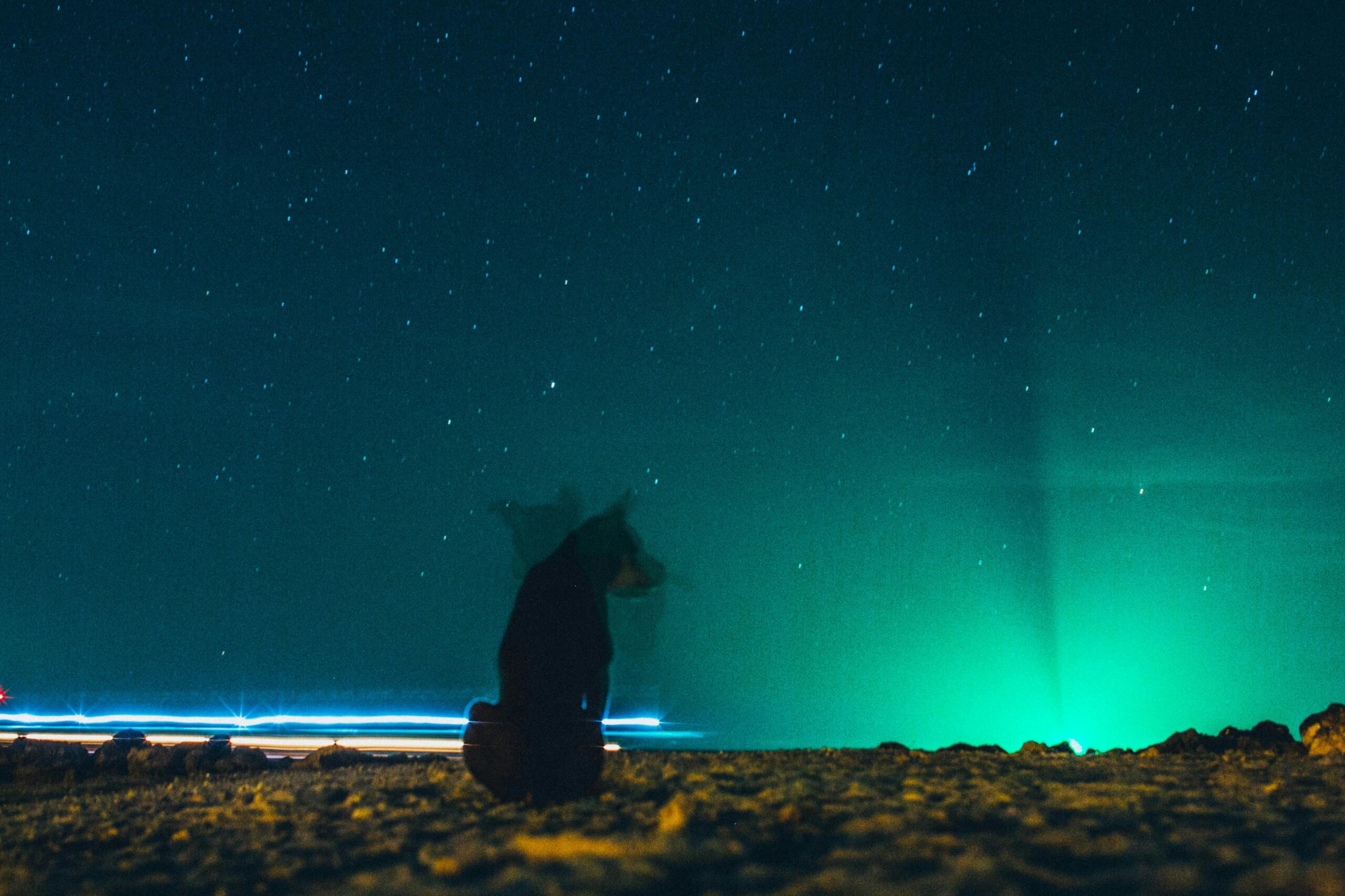
People are only just discovering the raw and often hidden truth behind what happened to Laika, the first dog ever sent into orbit. Her name has resurfaced online, stirring emotions among readers who are learning the full story for the first time. While many grew up hearing that a brave little dog helped humanity reach the stars, far fewer knew the reality of what she endured.
Laika’s journey was not a triumphant mission of glory. It was a tragic reflection of the sacrifices tucked beneath the history of scientific achievement. As her story spreads again, people around the world are expressing shock, compassion and heartbreak. For the first time in decades, Laika is being remembered not just as a symbol of early space exploration but as a life taken in the pursuit of human ambition.
A Small Stray Chosen for a Giant Mission
Laika’s story began on the streets of Moscow, long before she ever became a figure of global history. She was a mixed breed dog, about thirteen pounds, known in early records by several names including Kudryavka, meaning Little Curly, and Albina, meaning White, who served as her backup. Her friendly temperament made her a favorite among Soviet researchers. They believed that strays would be more resilient, having already adapted to harsh conditions.
During the Cold War, the Soviet Union was in a relentless race to surpass the United States in space exploration. Sputnik 1 had shocked the world, and the pressure to deliver another groundbreaking achievement was immense. This urgency ultimately led to a rushed and ethically questionable decision. Laika would be launched aboard Sputnik 2, a spacecraft that scientists knew could not bring her home.
The mission aimed to prove a living being could survive the launch into orbit. Engineers collected dogs that were female, small and calm, believing these traits would help them endure the claustrophobic capsule and intense stress. Laika was secured in a small cabin fitted with electrodes to monitor her heartbeat, breathing and movement. Though it was padded and equipped with a rudimentary life support system, the capsule offered little comfort for the lonely journey that awaited her.
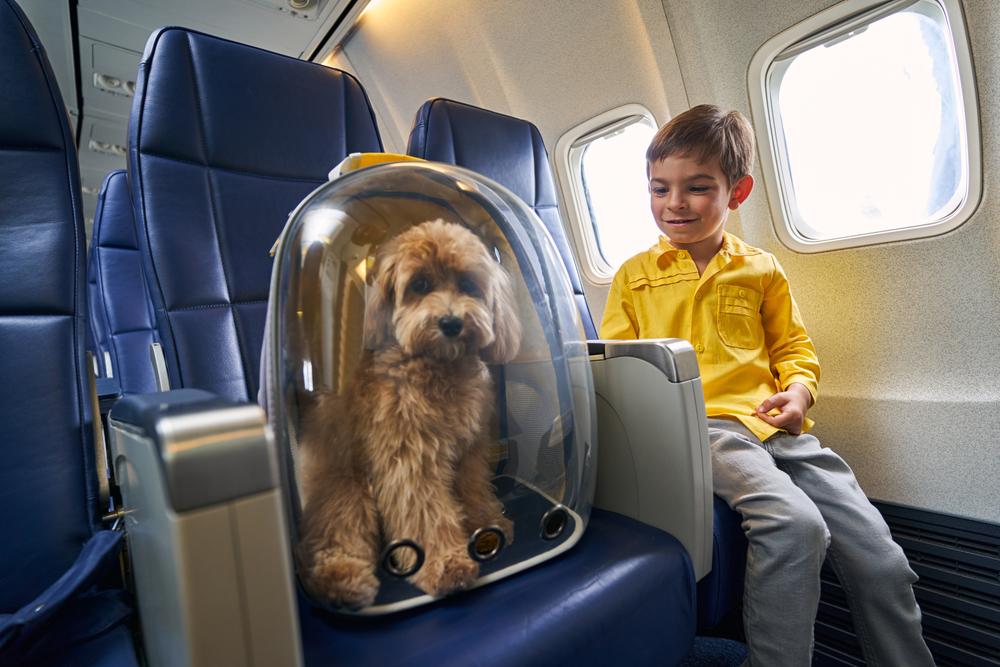
Weeks of Training and a One Way Ticket
In the days leading up to the launch, Laika underwent rigorous training. The preparations were meant to simulate the conditions she would face. She was placed in progressively smaller crates and subjected to loud noises, changes in air pressure and extended periods of confinement. She had no way to understand why her life had suddenly shifted from scavenging on the streets to enduring these unfamiliar trials.
According to several historians and researchers, the mission was pushed through at remarkable speed to coincide with a politically significant anniversary. The technological limitations at the time meant that no safe return system had yet been created. Even so, the launch proceeded.
On November 3, 1957, Laika was secured inside the cabin of Sputnik 2. Scientists watched her vital signs closely as she awaited liftoff. Her heartbeat spiked dramatically during launch, likely driven by fear and overwhelming sensory overload. As the rocket ascended and broke free of Earth’s atmosphere, Laika became the first living creature to orbit the planet.
The Truth About Laika’s Final Hours
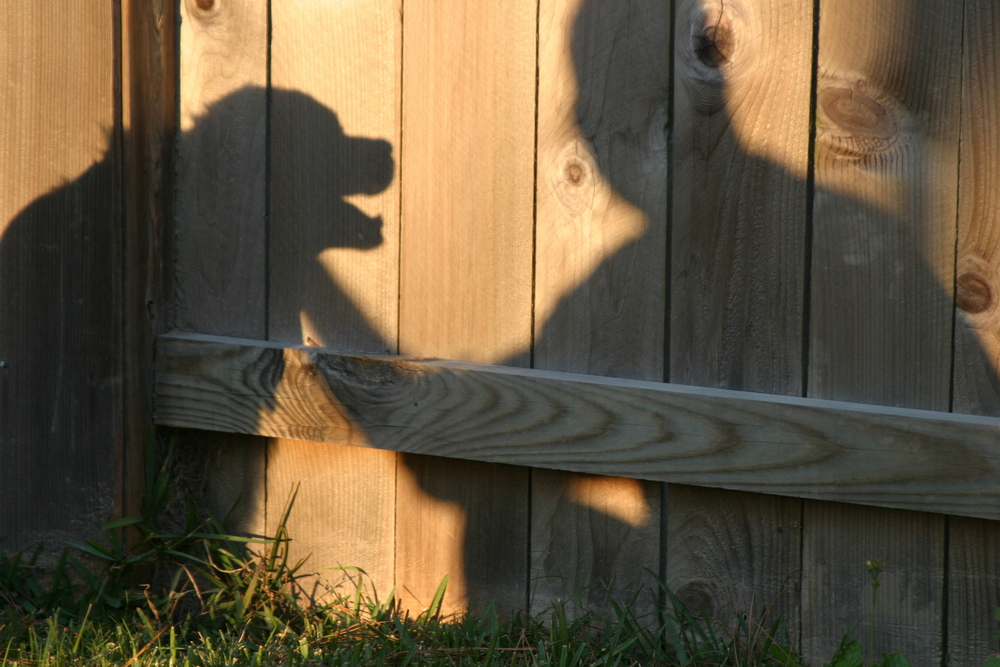
For decades after the mission, the Soviet Union reported that Laika survived for several days. Early accounts claimed she had died peacefully after a week in orbit when her life support system failed. These statements were designed to soften public outrage and shield the program from criticism.
However, the truth came out many years later. In 2002, Russian sources confirmed that Laika had died within hours due to extreme heat and stress. The spacecraft’s thermal system malfunctioned, causing temperatures inside the capsule to soar above safe limits. Smithsonian researcher Cathleen Lewis later explained that overheating became severe after only a few orbits.
Telemetry readings from the capsule indicated that Laika was distressed, her heart racing at nearly triple its normal rate during takeoff. There was little anyone could do once the capsule entered orbit. Locked inside a small metal chamber circling the Earth, Laika experienced intense heat, fear and a gradual decline. Her passing was neither peaceful nor painless.
Sputnik 2 continued orbiting for more than five months before burning up during reentry on April 14, 1958. Laika’s remains dissolved in the atmosphere, leaving nothing but her legacy behind.
Public Reaction and the Moral Debate

As Laika’s story resurfaces, people across social media are reacting with sadness and remorse. A recent viral post featuring a statue of Laika gazing out of a replica spacecraft window reignited the conversation. Many readers confessed that they had grown up believing Laika was a hero who bravely gave her life for science, not realizing that she never had a chance to survive.
The resurfaced reflections highlighted a shared sense of guilt. One post captured the sentiment clearly, stating that human progress has often been achieved at a devastating cost to animals who never consented to participate. These reactions underline how deeply people now question the ethics of using animals as tools for scientific advancement.
Even among scientists, Laika’s mission remains controversial. Lori Marino, an evolutionary neurobiologist, has publicly condemned the use of animals in space. She argues that even if human astronauts understand the risks, animals do not, which makes their involvement inherently unethical.
This debate forces us to confront a broader issue. How far should humanity be willing to go in the pursuit of knowledge? And what responsibility do we have to the animals who have been part of our discoveries? Laika’s mission represents a pivotal moment in the history of animal testing, one that continues to spark emotional and ethical questions.
What Laika Taught the World About Space

While the mission was undeniably tragic, it did yield scientific insights that shaped the future of human spaceflight. Laika’s vital signs during launch and early orbit provided some of the first real data about how living organisms respond to microgravity and intense acceleration. Engineers gained new understanding of how stress affects the body during space travel and what kind of life support systems might be necessary for humans.
Sputnik 2 was equipped with instruments to measure radiation, solar particles and other environmental factors in space. These early findings helped pave the way for Yuri Gagarin’s successful orbit in 1961, as well as the eventual Apollo missions.
Still, many modern experts argue that the scientific value of the mission did not justify the ethical cost. Technological advances today mean that animals are rarely needed for space research. Robots, simulations and advanced sensors can gather data without risking a life.
In this sense, Laika stands at a crossroads between past necessity and modern morality. She represents a lesson about the importance of progress guided by compassion and responsibility.
Laika’s Legacy and Lasting Impact
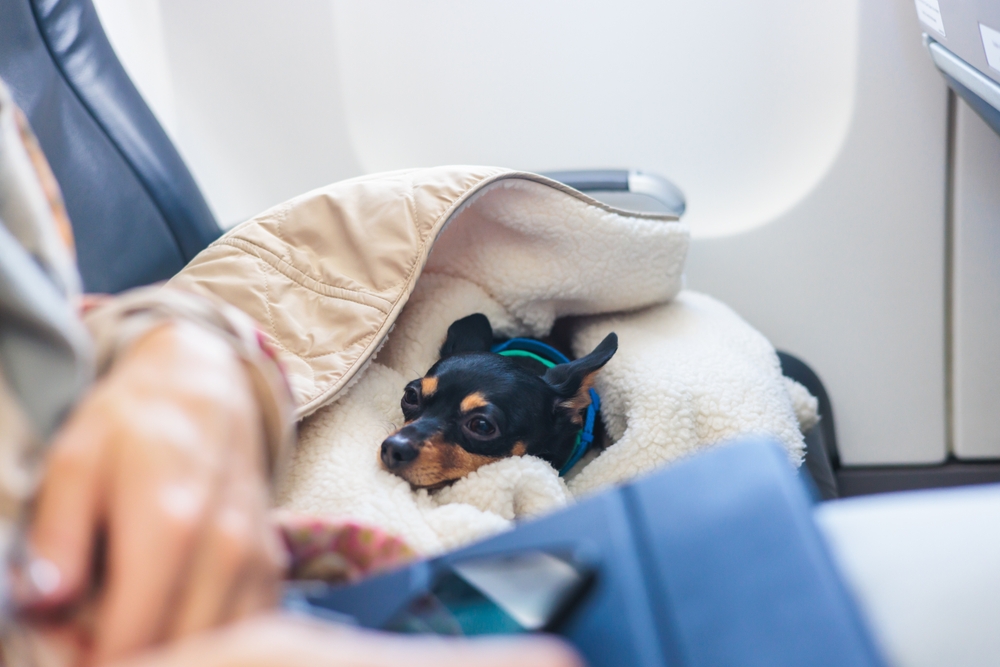
Despite decades of being overshadowed by bigger milestones, Laika’s legacy has endured. Monuments have been raised in her honor, including a statue near the Moscow military facility where she was trained. Documentaries, books and films have retold her story, ensuring that future generations understand the true nature of her sacrifice.
Laika is remembered today as more than a scientific subject. She has become a symbol of the animals who have unwittingly contributed to human achievement. Her story reminds us that progress often comes with hidden costs and that it is our duty to minimize harm as we push the boundaries of exploration.
Her memory now fuels conversations about how we treat animals in scientific research. Many believe that honoring Laika means committing to ethical standards that protect non-human life. It also means acknowledging the mistakes of the past so that they are not repeated.
A Call For Ethical Exploration
As technology evolves, our relationship with scientific exploration must evolve alongside it. The era of sending animals into dangerous environments should remain firmly in the past. Modern researchers have far more humane and advanced tools at their disposal.
Laika’s story serves as a reminder to approach discovery with empathy. Whether we are exploring the depths of the ocean, the far reaches of space or the complexities of biological science, we must ensure that curiosity does not overshadow compassion.
This commitment applies not only to space research but to all scientific fields. The responsibility to safeguard life, both human and animal, is one that must guide every breakthrough.
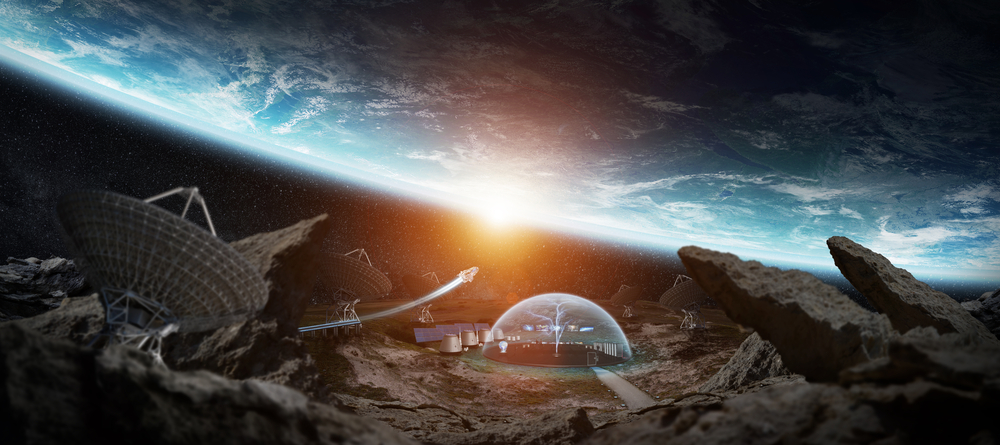
The Global Ripple Effect of Laika’s Story
Laika’s mission did more than influence scientific research. It shaped public opinion, fueled political narratives and became a symbol of both pride and guilt within the Soviet Union and beyond. At the time, her launch was used as a demonstration of Soviet technological capability. Newspapers worldwide featured her image, often portraying her as a spacefaring hero. Yet behind the scenes, many individuals within the Soviet program expressed remorse, acknowledging the moral conflict they felt.
In later years, declassified accounts revealed that several engineers bonded with Laika and struggled deeply with the knowledge that she would not return. These reflections highlight a powerful truth. The people involved were not cold or uncaring. They were caught in the pressure of a geopolitical race where national achievement overshadowed ethical considerations.
Outside the USSR, global reactions were mixed. Some celebrated the scientific significance while others voiced concerns about the welfare of animals used in experiments. Animal rights groups cited Laika as one of the earliest and most influential examples in their advocacy. Her story helped inspire broader discussions on humane treatment across laboratories, universities and scientific institutions.
How Laika Changed Future Space Missions
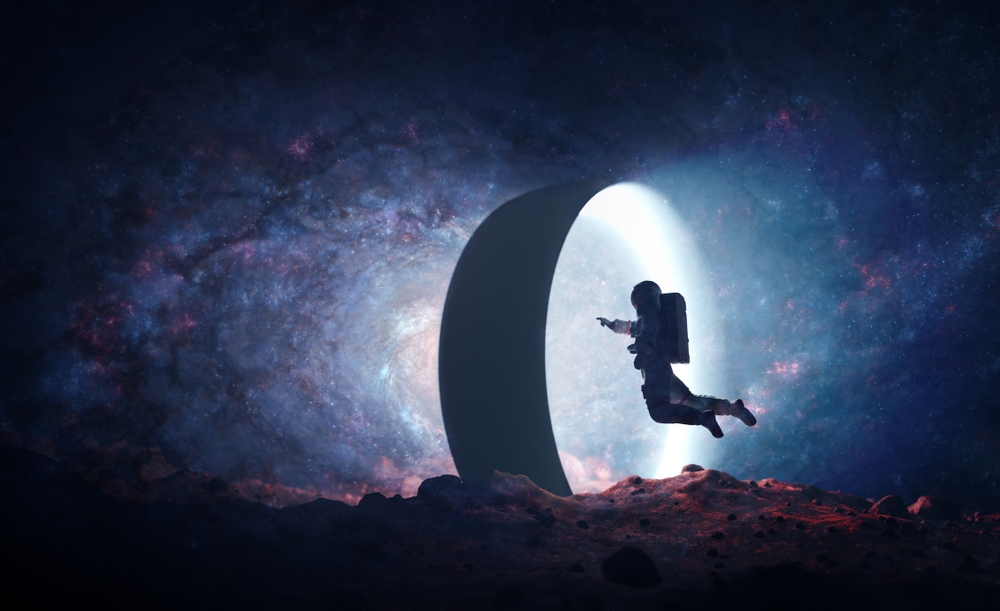
Following Laika’s mission, both Soviet and American programs reconsidered their approach to using animals. Later missions included improved life support systems, better monitoring technologies and, in some cases, recovery plans. Although animals continued to be launched for some time, the standards surrounding their treatment steadily evolved.
Engineers began investing more heavily in creating test systems that could simulate the conditions of space without putting lives at risk. Pressure chambers, robotic proxies and eventually sophisticated computer simulations dramatically reduced the need for animal subjects. This shift reflects an important lesson drawn from Laika. Scientists recognized that ethical responsibility must evolve alongside technological innovation.
The legacy of Laika indirectly contributed to safer conditions for early cosmonauts and astronauts. By understanding how stress and microgravity affected her body, researchers designed better suits, capsules and safety protocols. While the moral cost remains painful in retrospect, the data derived from her mission shaped decades of space exploration.

Remembering Laika in Modern Culture
Today, Laika’s memory lives on in countless tributes around the world. Artists, filmmakers and writers have reimagined her story in ways that honor her life and question the choices that led to her sacrifice. From murals and statues to documentaries and children’s books, Laika has become an enduring cultural figure.
Her image often appears in classrooms where students learn about the history of space exploration. Teachers use her story to spark meaningful discussions about ethics, empathy and the responsibilities that come with scientific power. In this way, Laika continues to educate new generations.
Many people visit the monument in Moscow that depicts her perched atop a rocket, looking outward as if symbolizing both her ascent and the hope that future exploration will be more humane. Her likeness has even appeared in animated films, video games and graphic novels. These representations show how her legacy transcends the boundaries of science and becomes part of a broader human conversation.
A Legacy That Still Echoes Today
People are only now discovering the heartbreaking truth behind Laika’s mission, and the renewed attention offers a chance to reflect on what her life meant. Laika was not a volunteer, not a pilot and not a symbol of triumph at the time of her mission. She was a small stray dog who never chose the path that led her into orbit.
Yet her story continues to resonate because it challenges us to examine the moral implications of our ambitions. Remembering Laika means remembering that progress should never come at the cost of compassion. It asks us to consider how we can continue exploring the unknown while honoring the lives that make such journeys possible.
Laika’s legacy is both sorrowful and profound. She helped humanity better understand space, but her sacrifice also helped humanity understand itself. By reflecting on the decisions that shaped her fate, we grow more aware of our obligation to pursue knowledge responsibly.
As more people learn the heartbreaking truth of what happened to Laika, her story becomes a renewed call for empathy. It encourages us to approach the unknown with both curiosity and conscience. She may have traveled alone into the silent darkness of space, but today her story echoes loudly, urging us to choose a kinder path forward.
Remembering Laika means honoring the generations of animals and people whose lives intersect with scientific progress. It also means carrying forward a promise. As we continue our journey into the cosmos, we must do so with compassion guiding every step.
Loading...

